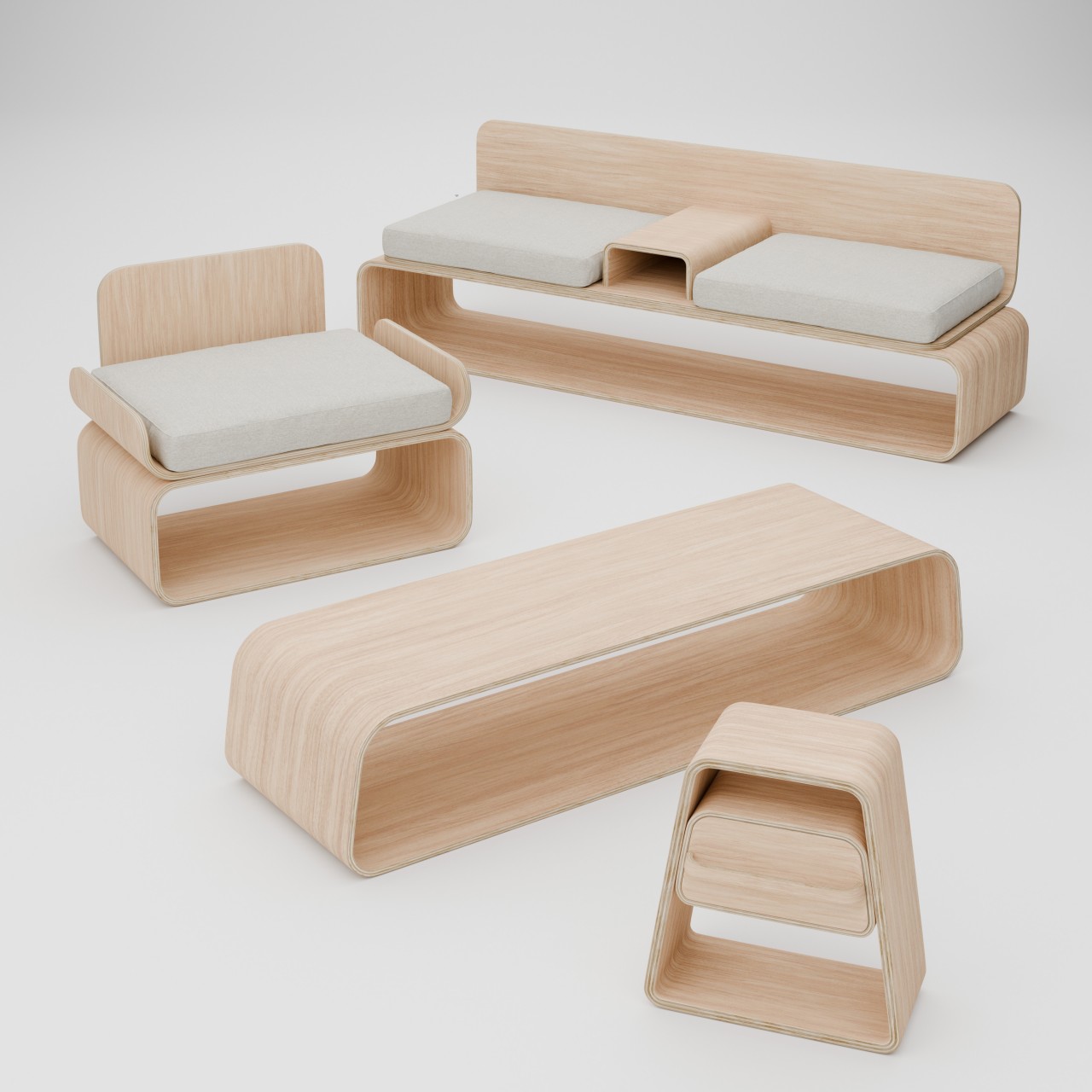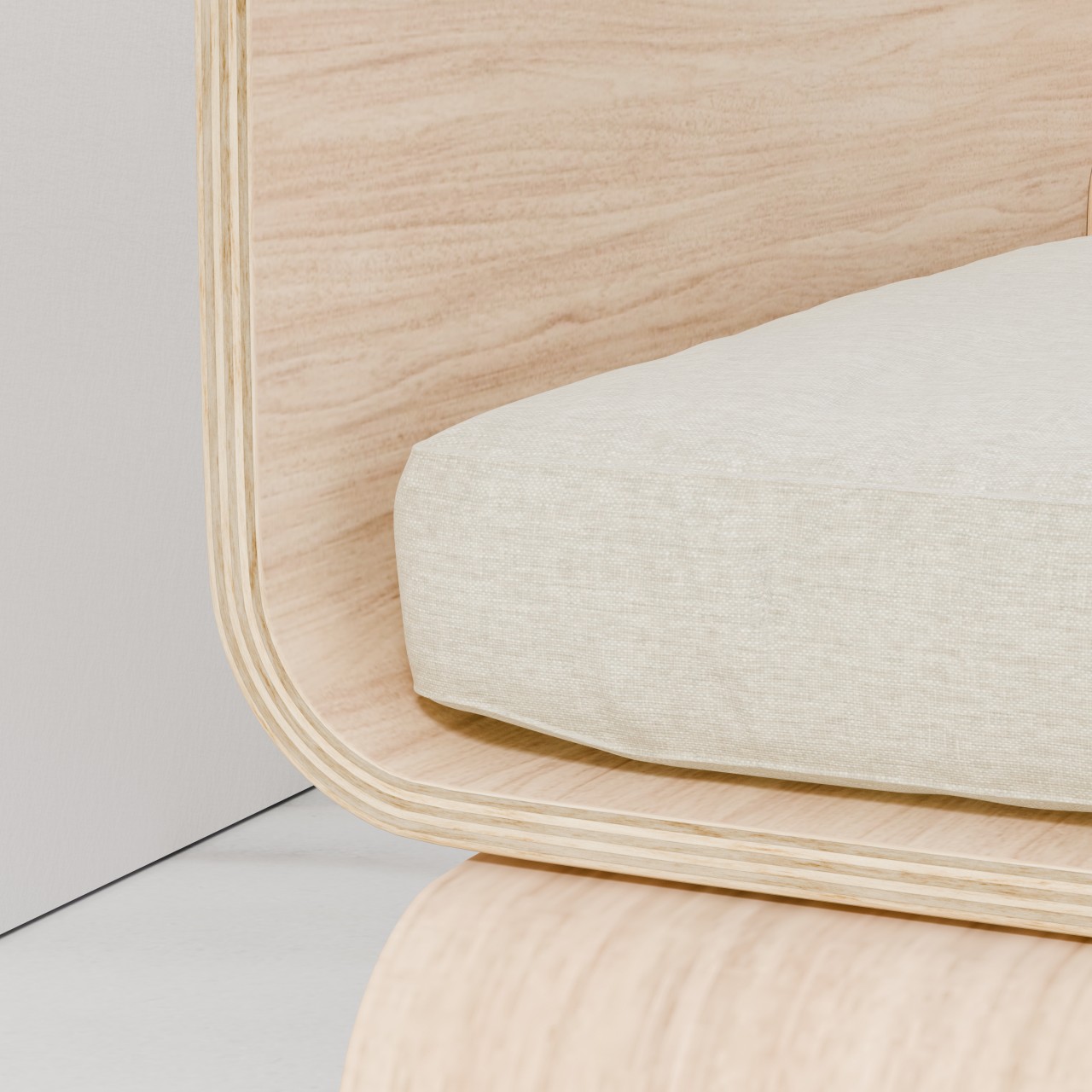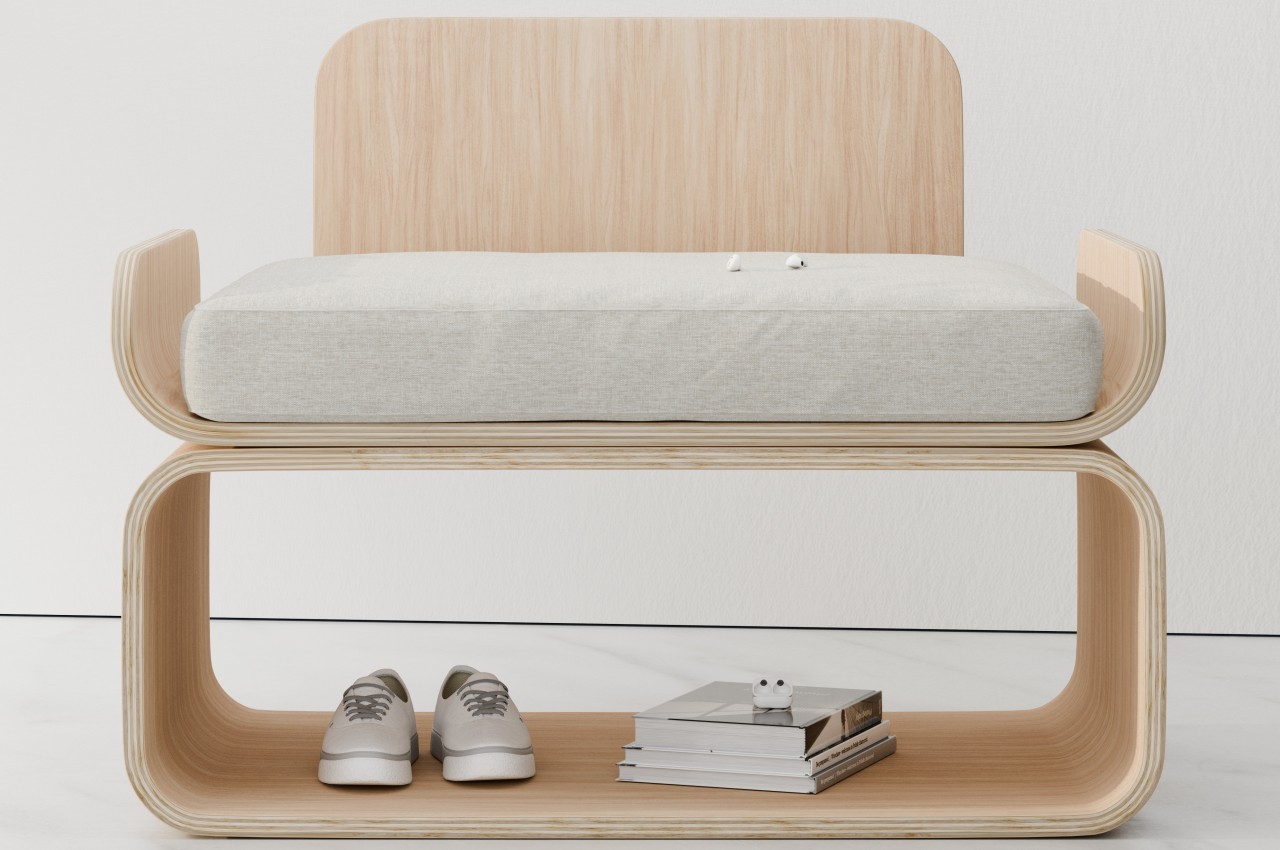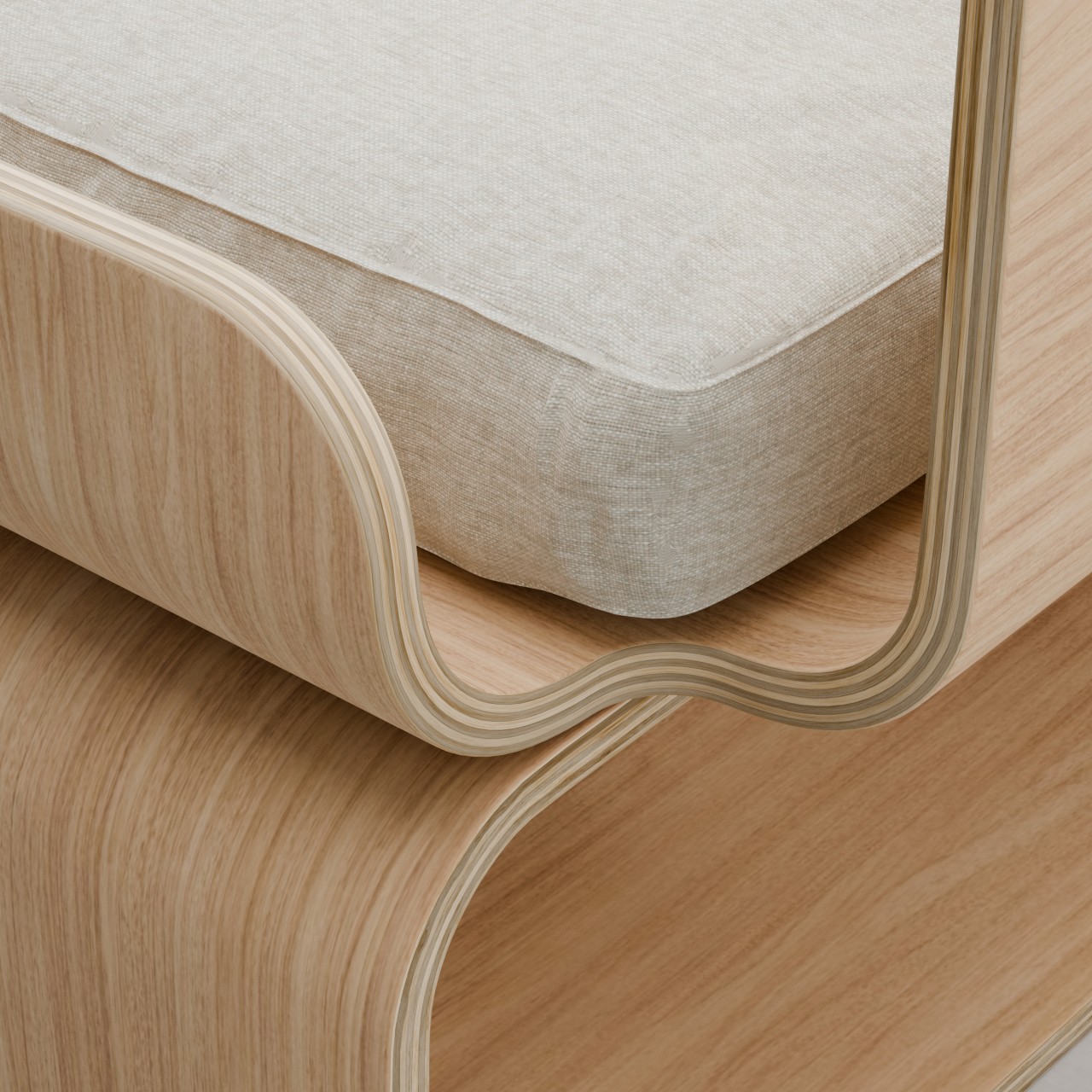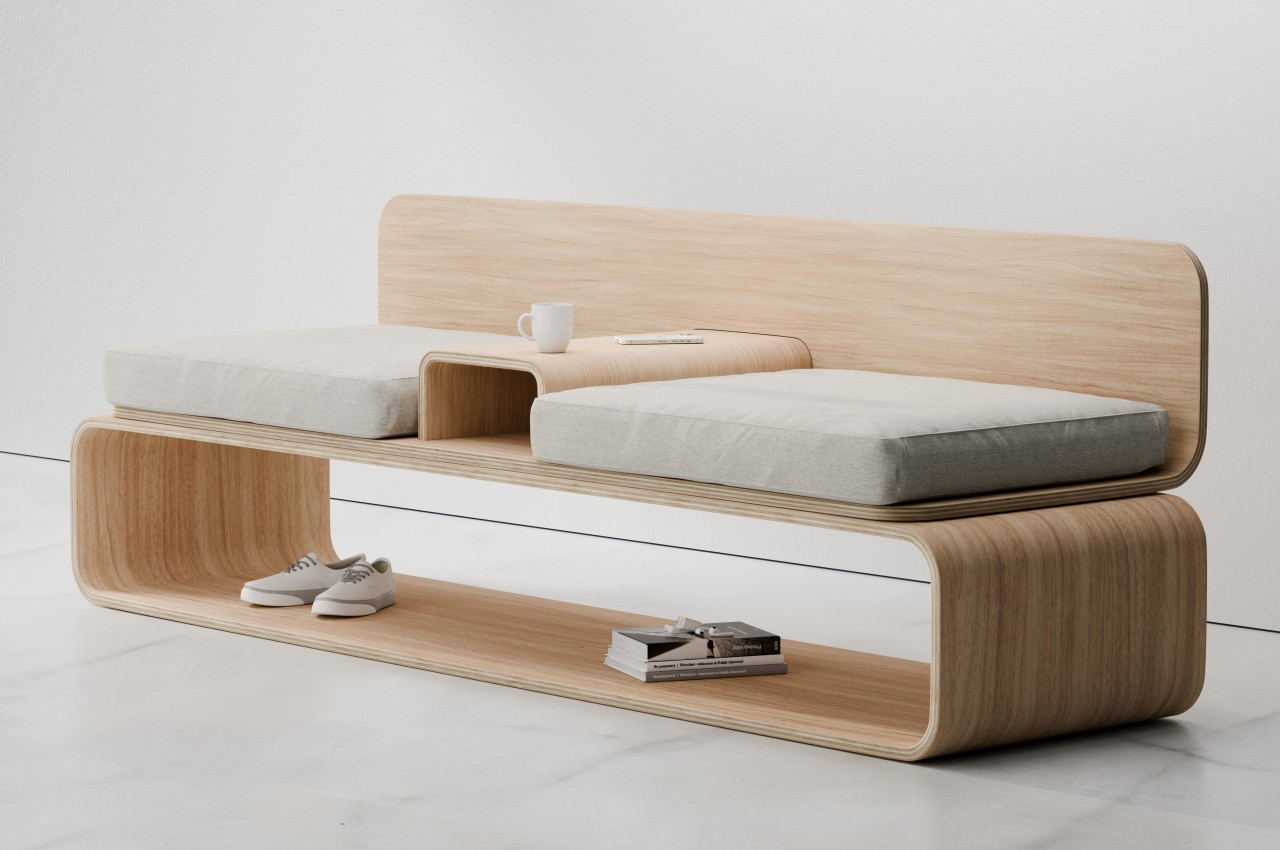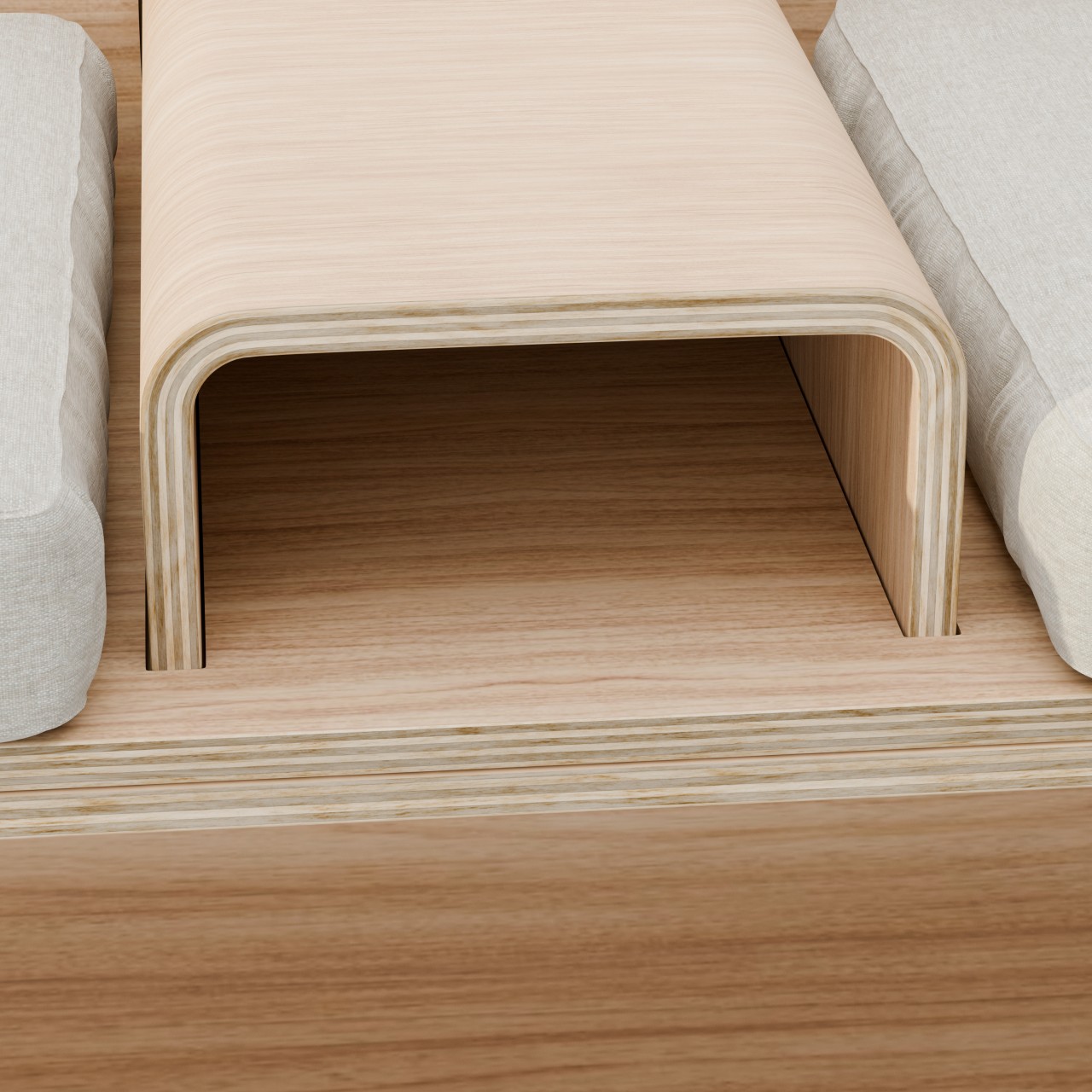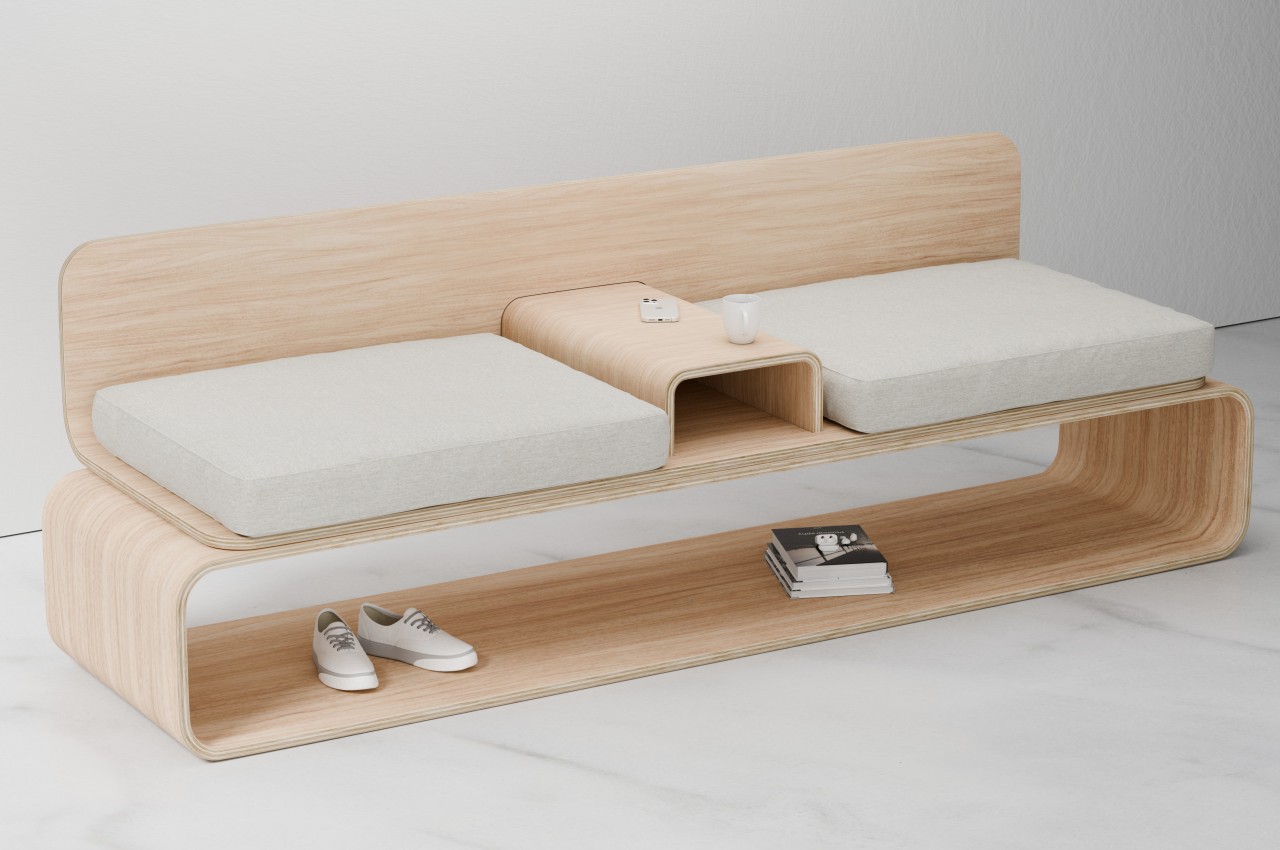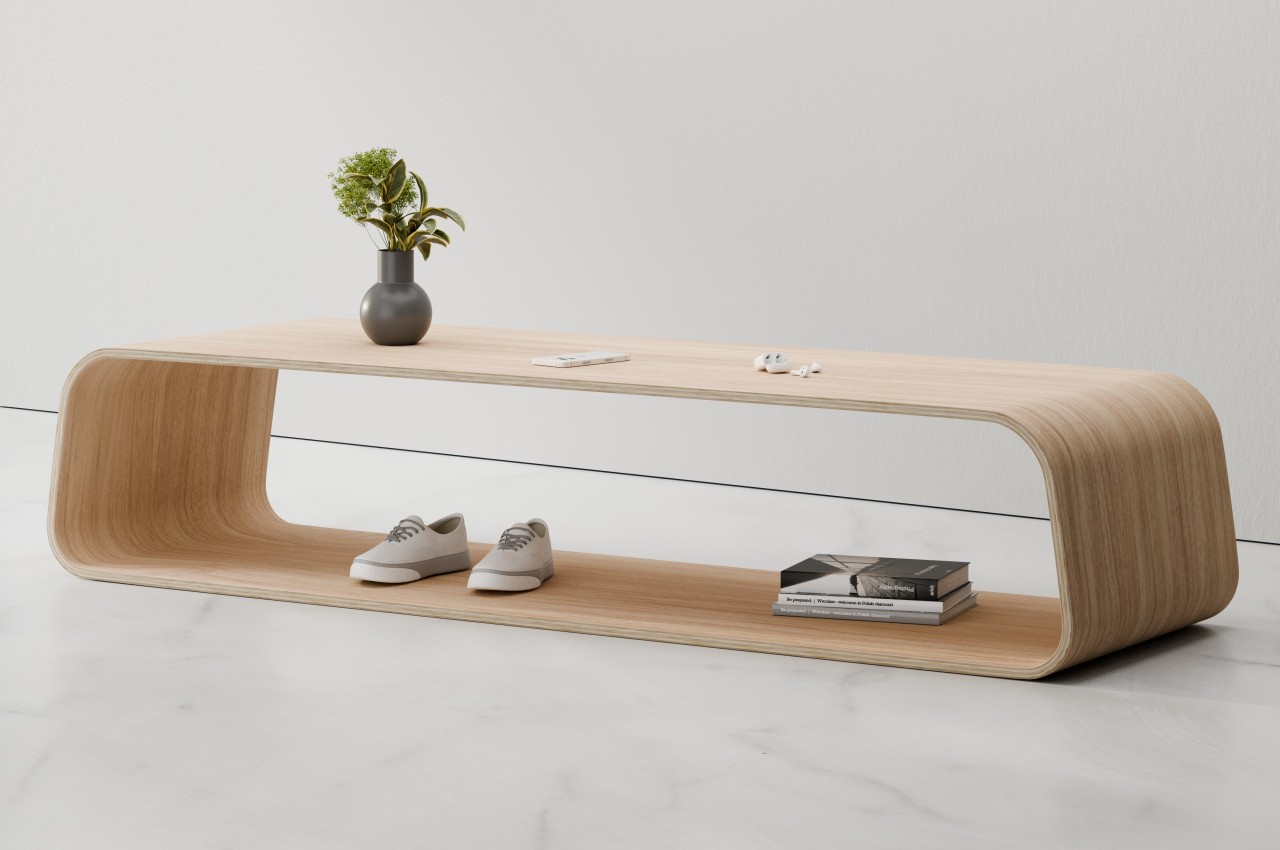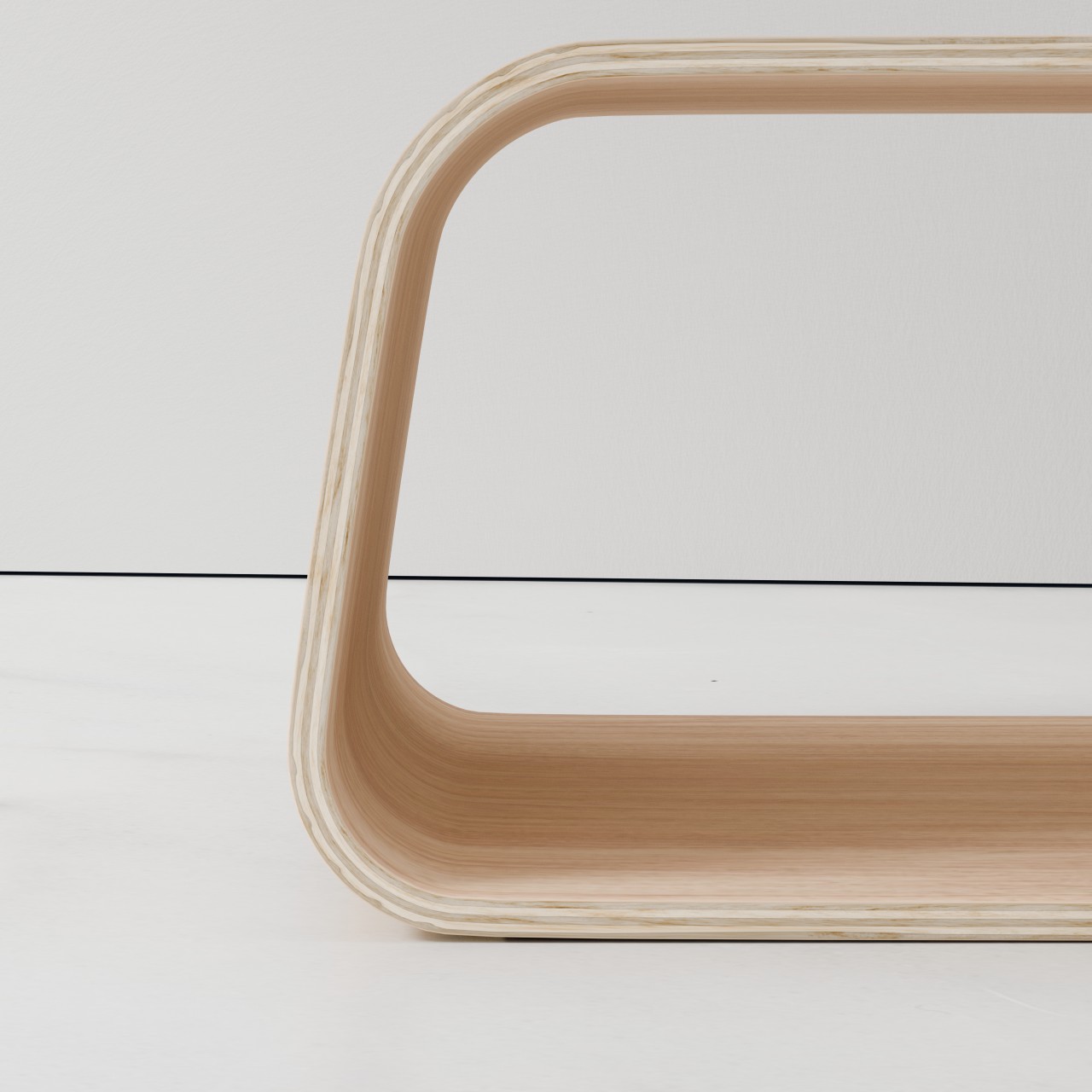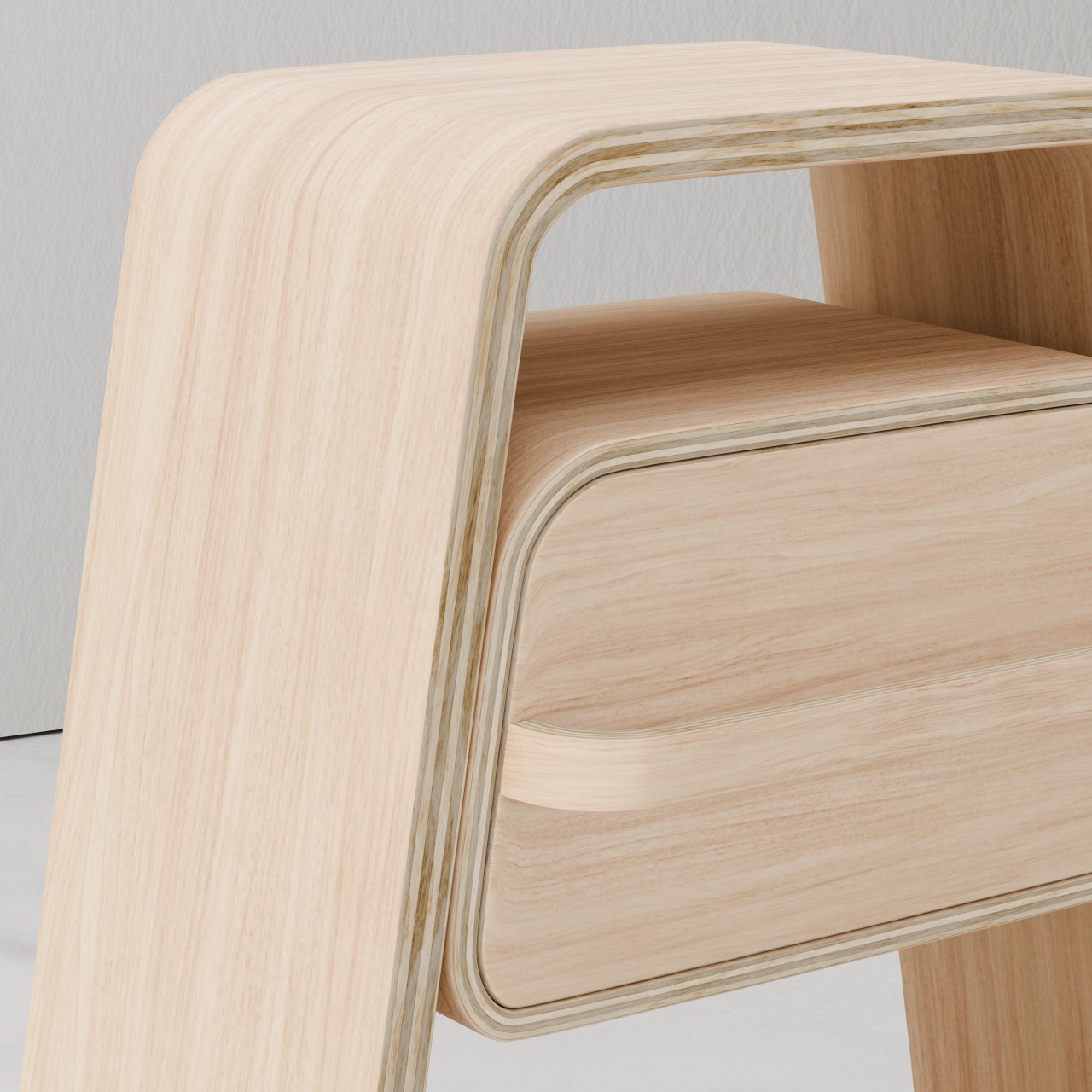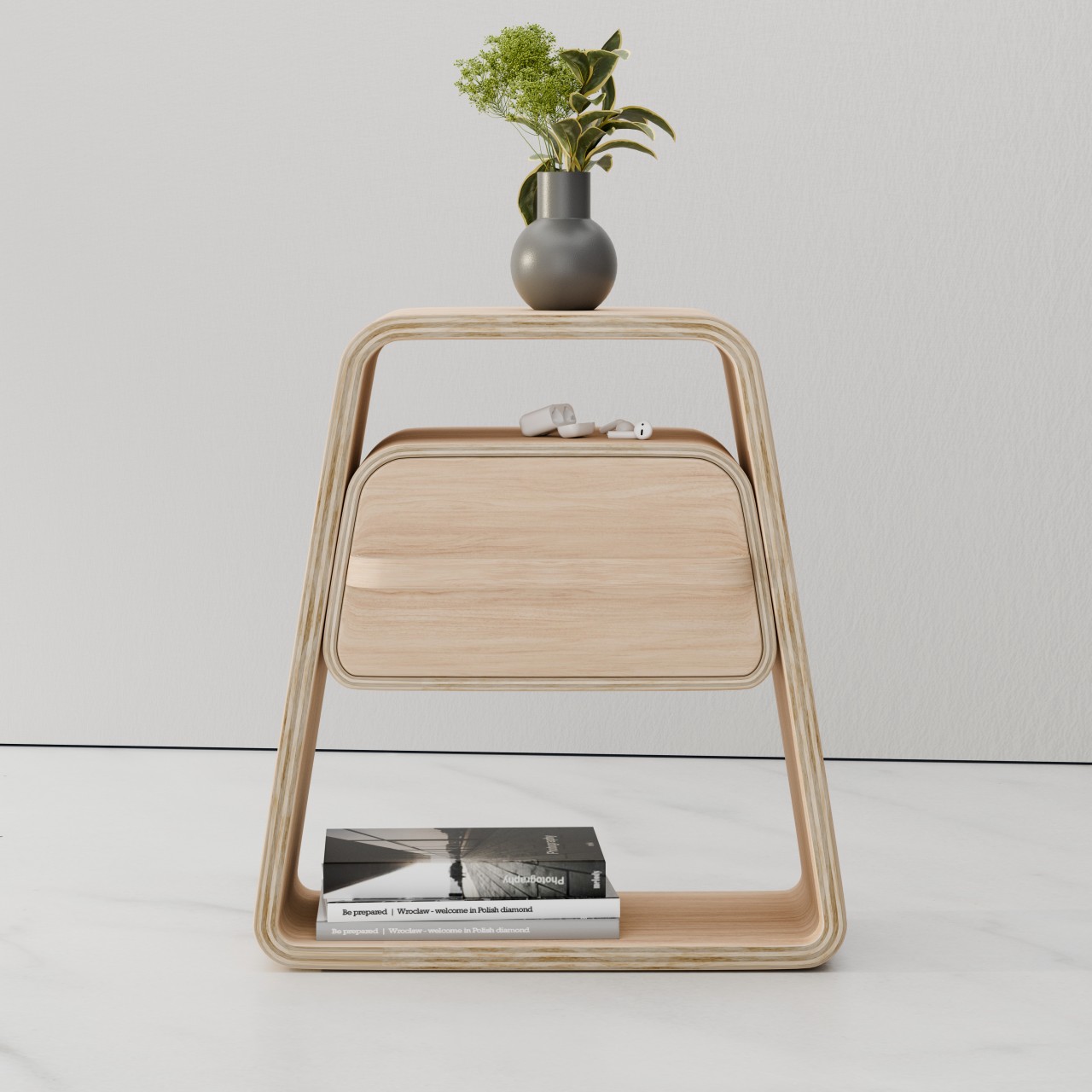
I’m always on the lookout for new furniture that will help me store and display all the knick knacks that I have lying around my house. Most of the time I choose those that are mostly functional and of course, affordable. But I’d also like to have some pieces that are decorative and can even look like sculptures or art pieces, even if they probably won’t hold a lot of my stuff. This modular wooden bookshelf would be a nice addition to my space, especially as it pays tribute to the late great Ryuichi Sakamoto.
Designer: Kengo Kuma for More Trees




The acclaimed Japanese composer and pianist founded design company More Trees to create products made by local craftsmen using materials found in local forests in Japan. But before he could make the dream a reality, he passed away a year ago in 2023. His long-time friend Kengo Kuma has now taken over the company and is making the dream a reality by unveiling 〇〇□ (Marumarushikaku), a modular wooden shelf made up of different shapes stacked together. It can also looks like an art piece because of its unusual look and concept so you have a decorative shelf as well.



The structure of this piece of furniture is made up of rectangular shelf boards and round pillar boards stacked on top of each other. You can arrange the round parts randomly between the shelves so you can create your own look and design. It may not look that stable at first glance but you can place things like books, plants, bottles, pots, and other knick knacks that you need to display in your living space. The boards have slots where you can place the round parts in so it becomes an actual shelf that can hold and partition your various items.



The rotating plates and multi-leveled shelves made from wooden materials from local forests can add an interesting and minimalist look to your office or living room. The modular wooden shelf will be unveiled on the anniversary of Ryuichi Sakamoto’s passing on March 28 at the Ace Hotel Kyoto. They will be stacked up to eight levels so you can see that it works despite its seemingly “fragile” appearance.

The post Modular wooden bookshelf is inspired by Ryuichi Sakamoto’s vision first appeared on Yanko Design.

